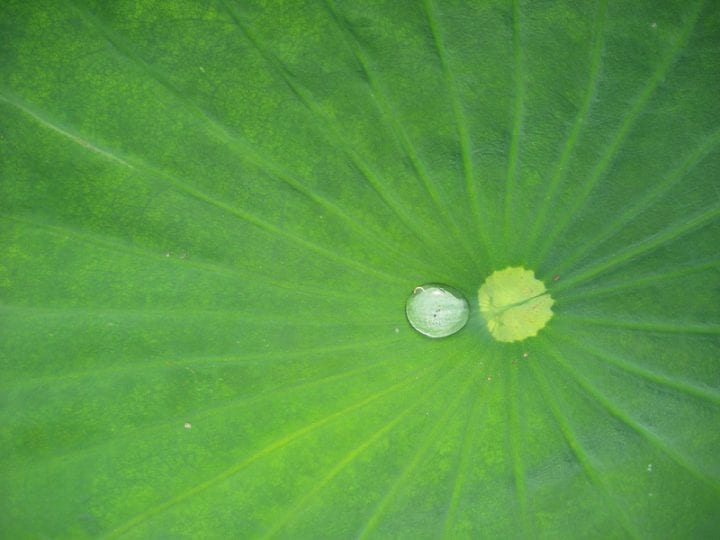Low-temperature hydrogen sensor from RMIT University has bumpy microstructures that efficiently create energy from light rather than heat.
Benefits
- Increased efficiency
- Reduced cost
- Safer
Applications
- Medical diagnoses
- Renewable energy
UN Sustainable Development Goals Addressed
-

Goal 3: Good Health & Wellbeing
The Challenge
Commercial hydrogen sensors are used to detect potentially harmful hydrogen gases. These sensors require high temperatures (150-400°C) to run, using a large amount of energy which increases costs.
Innovation Details
The hydrogen sensor has bumps that mimic those found on the surface of butterfly wings. The bumps on the sensor are made of microstructures called spherical photonic crystals. These crystals are incredibly efficient at absorbing light, allowing the sensor to be powered by a beam of light rather than heat. This allows the sensor to work efficiently at room temperature. Additionally, the photonic crystal surface can be consistently fabricated, providing repetitive accurate sensing.
To make the sensor, an electronic chip is covered with a thin layer of photonic crystals. Then a layer of titanium palladium composite is added on top. When hydrogen hits the chip, the gas is converted into water, which creates an electronic current. By measuring the magnitude of the current, the sensor can precisely detect how much hydrogen is present, and can accurately detect it even if other gases are present, such as nitrogen oxide. The sensor can detect hydrogen at concentrations as low as 10 parts per million molecules (often used for medical diagnoses) to 40,000 parts per million (the level where hydrogen can potentially become explosive).
Biological Model
Butterfly wings appear black not because of , but because they are able to absorb light and reflect almost none of it back. This is achieved by a mesh-like surface of bumps, ridges and holes on the scales of the butterfly wing, which channel light into the scale’s interior. There, pillar-like beams of tissue scatter light until it is almost completely absorbed.




